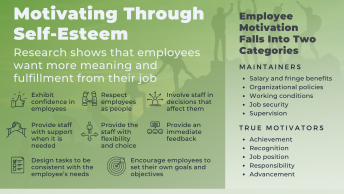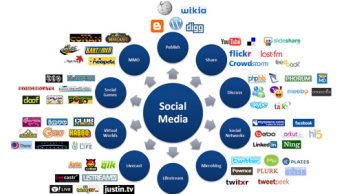The French might be clinging to their 35-hour workweek, but on this side of the Atlantic, the 9-to-5 has been dead and buried for some time. (If you’re counting, that’s 40 hours per week, anyway.) The nature of work has changed a lot since the Mad Men era, and it’s likely to change even more over the coming generation.
What can companies do to stay competitive? Sociologists, productivity experts, economists and water cooler wiseacres all have thoughts on the matter. One idea that’s really gained traction in recent years, at least in white-collar workplaces, is the concept of flexible worktime, or flexitime.
In flexitime workplaces, employees work on staggered shifts — not exactly whenever they feel like it, but in accordance with mutually agreed schedules that may or may not follow the typical 9-to-5. Flexitime schedules are inherently flexible too, meaning employees might work 7 a.m. to 3 p.m. one week and 10 a.m. to 6 p.m. the next, provided their bosses give the okay.
Is flexible worktime a fad, or are its proponents onto something? These five irrefutable facts suggest the latter.
- Circadian Rhythms Aren’t the Only Beats to Which Our Bodies March
Circadian rhythms are well known, but what about ultradian rhythms? They’re the shorter-period cycles that govern our peaks and troughs throughout the day. It makes sense to let workers arrange their employee timesheet around peaks and use those inevitable troughs to regroup.
- Employees Have Lives Outside Work
Newsflash: workers aren’t defined by their work. They also have kids, parents, night classes, community obligations, and much, much more. If they’re not allowed to attend to their non-professional responsibilities in good faith, they’re not going to be happy. Period.
- Not Everyone Is a Morning Person
Not everyone hops out of bed at 4:30 a.m., raring to go. Some folks are night owls; others do best during the middle of the day.
“Everyone has a time of day when they get the most accomplished,” writes Jane Hurst in a recent LifeHack post on entrepreneurship tips from Pennsylvania business owner Steve Voudouris. “Your best time [of day] is when you should be doing the majority of your work.”
Don’t penalize early-morning go-getters or nighttime superstars for their unconventional work habits. Harness their productivity by allowing them to work when it suits them best.
- Some Job Functions Are Best Performed After Hours
In some circumstances, it’s actually better for employees to work outside the 9-to-5. For instance, companies that do business with clients on other continents need workers on hand at (locally) odd hours. If at all possible, employees should be allowed to self-select into odd-hours functions. They might well be happier there.
- Labor Is More Mobile Than Ever
Last but not least: Today’s workforce is more mobile than ever before. Entire classes of employees can work from home, the coffee shop, the coworking hub, the beach — and that’s just for starters. Requiring employees to be present for eight hours at a time rightly strikes many as unnatural. Doing away with that rule may be a critical key to retaining the best performers too.
Playing Devil’s Advocate
The case for flexible working hours is persuasive. Thousands of business owners and human resources managers (with their bosses’ blessings) have already made the switch. Countless others are considering the same.
That doesn’t mean flexible working hours make sense for everyone. Many companies simply can’t afford to have their employees coming in at all hours: they need bodies on the floor to supervise automated production equipment, drivers and warehouse workers available to ship product on tight deadlines, field professionals ready to hit the beat when weather or daylight conditions are right. In these and other applications, flexible worktime is an unaffordable — and, frankly, nonsensical — luxury.
If you’re mulling the switch to flexible hours, you’re sure to find plenty of support from the wider business community. Just make sure that the switch actually makes sense in your company’s context. The last thing you want, after all, is to put your employees — and your bottom line — at a competitive disadvantage.
image: shutterstock.com













